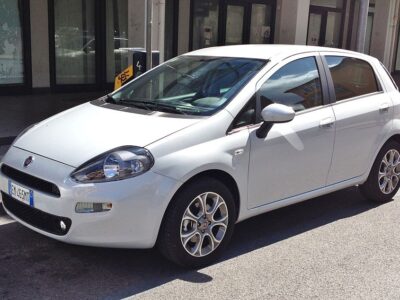
Fixing Interior Trim Problems in the Fiat Punto
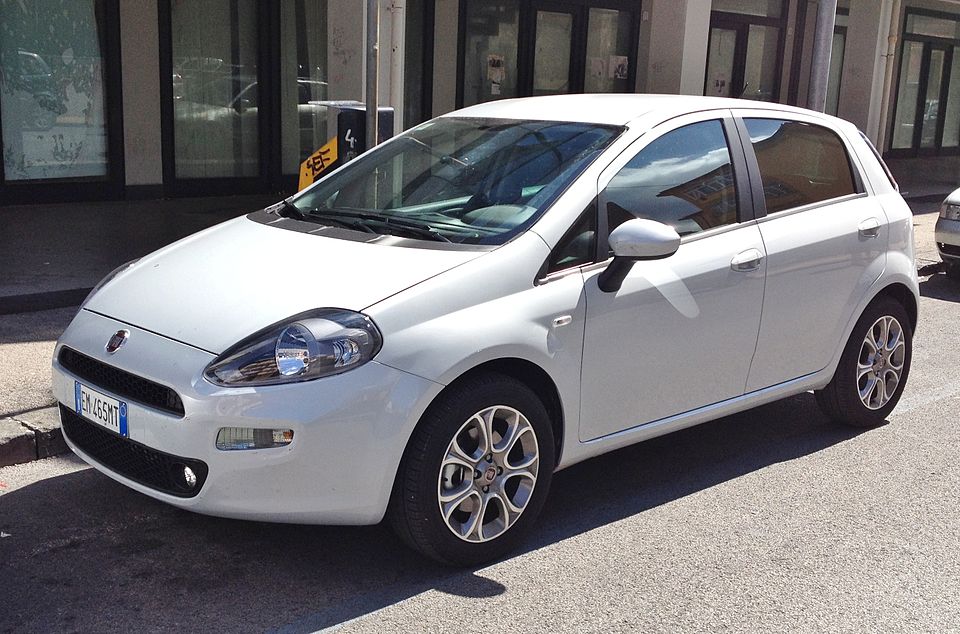
The Fiat Punto is a popular supermini car known for its stylish design and comfortable interior. However, like any other vehicle, it can develop interior trim problems over time. Loose or damaged trim pieces can detract from the overall appearance of the car and compromise its comfort and functionality. Fortunately, fixing these issues is often a straightforward process that can be done at home with basic tools. This article will guide you through the common interior trim problems found in the Fiat Punto and provide step-by-step instructions on how to repair or replace them effectively and efficiently.
Restoring the Interior Trim of Your Fiat Punto: A Comprehensive Guide
The Fiat Punto is a popular car model known for its style and performance. However, like any other vehicle, it can experience interior trim problems over time. These issues can detract from the overall appearance and comfort of the car. Fortunately, fixing interior trim problems in the Fiat Punto is a manageable task that can be accomplished with the right guidance. In this article, we will explore the common causes of interior trim problems, how to identify them, and the steps to repair or replace them.
Identifying Common Interior Trim Issues
The first step in fixing interior trim problems is to identify the issues. Common problems include loose or damaged trim pieces, faded or discolored surfaces, and cracked or broken parts. To identify these issues, inspect the interior trim carefully, looking for any signs of wear or damage. Check for any trim pieces that are loose or missing, and examine the surfaces for any signs of fading or discoloration.
Repairing or Replacing Interior Trim
Once you have identified the issues, you can begin the process of repairing or replacing the interior trim. For loose trim pieces, you can use a suitable adhesive or fastening system to reattach them. For damaged or broken parts, you may need to replace them entirely. This can involve sourcing replacement parts from a Fiat dealership or online supplier. It's essential to ensure that any replacement parts are genuine or compatible with your Fiat Punto model.
Tips for a Successful Repair
To ensure a successful repair, it's crucial to follow a few key tips. First, clean the area thoroughly before starting the repair to prevent dirt or debris from interfering with the process. Second, use the correct tools and materials to avoid causing further damage. Finally, take your time and work methodically to ensure that the repair is done correctly.
| Problem | Solution | Tools/Materials Needed |
|---|---|---|
| Loose trim pieces | Reattach using adhesive or fastening system | Adhesive, fasteners, cleaning cloth |
| Damaged or broken parts | Replace with genuine or compatible parts | Replacement parts, tools for removal and installation |
| Faded or discolored surfaces | Restore using suitable cleaning or restoration products | Cleaning or restoration products, soft cloth |
Why was Fiat Punto discontinued?

The Fiat Punto was discontinued due to a combination of factors. One major reason was the decline in sales, as the market shifted towards SUVs and crossovers, making it challenging for the Punto to remain competitive. Additionally, the Punto had been in production for over two decades, and its platform and design had become outdated.
Decline in Sales
The decline in sales was a significant factor in the discontinuation of the Fiat Punto. As the automotive market evolved, consumer preferences shifted towards SUVs and crossovers, which offered more space, versatility, and a higher driving position. The Punto, being a supermini, struggled to compete with these newer models. Some of the key reasons for the decline in sales include:
- The Punto's outdated design and platform made it less appealing to younger buyers.
- The rise of SUVs and crossovers led to a decline in demand for superminis.
- Increased competition in the supermini segment from other manufacturers.
Outdated Platform and Design
The Fiat Punto's platform and design had become outdated, making it less competitive in the market. The Punto was first launched in the mid-1990s, and although it underwent several facelifts and updates, its underlying architecture remained largely unchanged. Some of the key issues with the Punto's platform and design include:
You may be interested in reading Resolving Fiat Punto Air Conditioning Malfunctions
Resolving Fiat Punto Air Conditioning Malfunctions- The Punto's platform was not designed to accommodate newer safety features and technologies.
- The car's design had become stale, and it lacked the modern styling cues that buyers were looking for.
- The Punto's interior space and comfort were not on par with its competitors.
Shift in Fiat's Product Strategy
Fiat's decision to discontinue the Punto was also driven by a shift in the company's product strategy. The company has been focusing on expanding its SUV and crossover lineup, which has been more successful in attracting buyers. Some of the key aspects of Fiat's new product strategy include:
- A focus on SUVs and crossovers, which are currently in high demand.
- The introduction of new models, such as the Fiat Argo and Cronos, which are designed to appeal to a wider range of buyers.
- A greater emphasis on electrification and hybridization, as part of Fiat's plans to become more environmentally friendly.
What is the problem with the 2011 Fiat Punto?

The 2011 Fiat Punto has been associated with several issues that have been reported by owners and drivers. Some of the problems are related to the car's mechanical components, while others are related to its electrical and electronic systems.
Transmission and Clutch Issues
The 2011 Fiat Punto has been known to have transmission and clutch issues, which can cause problems with the car's performance and reliability. The transmission can be prone to slipping or hesitation, and the clutch may wear out prematurely. Some common symptoms of transmission and clutch issues include:
- Slipping or hesitation when shifting gears
- Grinding or screeching noises when pressing the clutch pedal
- Difficulty shifting gears or getting into gear
Electrical and Electronic System Faults
The 2011 Fiat Punto's electrical and electronic systems have also been known to be problematic. Some owners have reported issues with the car's infotainment system, including freezing or crashing. Other electrical issues can include faulty sensors, malfunctioning lights, and problems with the car's alarm system. Some common electrical and electronic system faults include:
- Infotainment system freezing or crashing
- Faulty sensors, such as the oxygen sensor or temperature sensor
- Malfunctioning lights, including headlights or taillights
Engine and Cooling System Problems
The 2011 Fiat Punto's engine and cooling system have also been associated with several issues. Some owners have reported problems with the car's engine, including overheating, oil leaks, and engine stalling. The cooling system can also be prone to leaks or blockages, which can cause the engine to overheat. Some common engine and cooling system problems include:
- Engine overheating due to a faulty thermostat or cooling system leak
- Oil leaks from the engine or transmission
- Engine stalling or rough idling due to a faulty fuel injector or ignition coil
What is the engine life of a Fiat Punto?

The engine life of a Fiat Punto largely depends on various factors such as maintenance, driving conditions, and model year. Generally, a well-maintained Fiat Punto can last for a considerable amount of time. The engine life is influenced by factors like regular servicing, oil changes, and driving habits.
Factors Affecting Engine Life
The lifespan of a Fiat Punto's engine is affected by several factors. Regular maintenance plays a crucial role in extending the engine's life. Driving conditions, such as extreme temperatures, also impact the engine's longevity.
You may be interested in reading Resolving Fiat Punto Air Conditioning Malfunctions
Resolving Fiat Punto Air Conditioning Malfunctions Preventing Head Gasket Failures in Your Fiat Punto
Preventing Head Gasket Failures in Your Fiat Punto- Regular oil changes and timely servicing can help prevent engine wear and tear.
- Driving habits like frequent city driving or aggressive driving can reduce the engine's lifespan.
- Model year and engine type also play a significant role in determining the engine's life.
Average Engine Life Expectancy
The average engine life expectancy of a Fiat Punto varies based on the model and maintenance. Some owners have reported their Punto running smoothly even after high mileage.
- A well-maintained Fiat Punto can easily last for over 150,000 miles.
- Some models have been known to run for more than 200,000 miles without major issues.
- Proper care and regular maintenance are key to achieving such high mileage.
Common Issues Affecting Engine Life
Some common issues can affect the engine life of a Fiat Punto. Identifying and addressing these problems early on can help prevent premature engine failure.
- Oil leaks are a common issue that can lead to engine damage if not addressed.
- Faulty engine sensors can cause problems with engine performance and longevity.
- Timing belt failure is another issue that can significantly impact the engine's life.
Is the Fiat Punto a reliable car?

The Fiat Punto is a supermini car that was produced by the Italian manufacturer Fiat from 1993 to 2018. The reliability of the Fiat Punto depends on several factors, including the model year, maintenance, and driving conditions. Generally, the earlier models (1993-1999) are considered to be less reliable than the later models (2000-2018) due to improvements in design, engineering, and manufacturing.
Reliability Issues
The Fiat Punto has had some reliability issues, particularly with the electrical system, engine, and transmission. Some owners have reported problems with the car's electrical system, including faulty wiring, malfunctioning dashboard lights, and issues with the car's computer system.
- Faulty wiring and electrical shorts
- Malfunctioning dashboard lights and gauges
- Issues with the car's computer system and sensors
Model Year Improvements
Later models of the Fiat Punto (2000-2018) have shown improvements in reliability due to updates in design and manufacturing. The second-generation Punto (1999-2005) and the third-generation Punto (2005-2018) have generally been considered more reliable than the earlier models.
- Improved engine design and performance
- Enhanced transmission and gearbox durability
- Upgraded electrical system and wiring
Maintenance and Repair
Regular maintenance is essential to ensure the reliability of the Fiat Punto. Owners should follow the recommended maintenance schedule, which includes regular oil changes, tire rotations, and checks on the car's electrical and mechanical systems.
- Regular oil changes and fluid checks
- Tire rotations and balancing
- Inspection and replacement of worn-out parts
Frequently Asked Questions
What are the common interior trim problems in the Fiat Punto?
The Fiat Punto often experiences interior trim issues such as loose or broken clips, cracked or faded dashboard trim, and worn-out door panels. These problems can be caused by wear and tear, exposure to sunlight, or poor manufacturing quality. Identifying the root cause is essential to apply the correct fix and prevent further damage to the interior.
How to fix loose or broken interior trim clips in the Fiat Punto?
To fix loose or broken interior trim clips, inspect the clips and trim pieces for damage. Replace any broken clips with new ones, and reattach loose trim pieces using the correct fasteners. Make sure to clean the area around the clip to ensure a secure fit. If the clip is beyond repair, consider using adhesive or replacement parts specifically designed for the Fiat Punto.
You may be interested in reading Resolving Fiat Punto Air Conditioning Malfunctions
Resolving Fiat Punto Air Conditioning Malfunctions Preventing Head Gasket Failures in Your Fiat Punto
Preventing Head Gasket Failures in Your Fiat Punto Addressing Brake Squeal Issues in the Fiat Punto
Addressing Brake Squeal Issues in the Fiat PuntoCan I repair cracked or faded dashboard trim myself?
Yes, you can repair cracked or faded dashboard trim yourself using DIY kits or by replacing the trim piece entirely. For minor cracks, use a trim repair kit to fill and refinish the area. For more extensive damage, consider replacing the dashboard trim with a new or refurbished part. Ensure the replacement part is compatible with your Fiat Punto model to maintain the original look and functionality.
How to prevent interior trim problems in the Fiat Punto?
To prevent interior trim problems, regularly clean and condition the trim pieces, and avoid exposing them to direct sunlight for extended periods. Use protective coverings or UV-resistant treatments to minimize the effects of sunlight. Additionally, handle the trim pieces with care when removing or reattaching them to prevent damage to the clips or surrounding areas.
If you want to know other articles similar to Fixing Interior Trim Problems in the Fiat Punto you can visit the category Fiat Punto.
Deja una respuesta

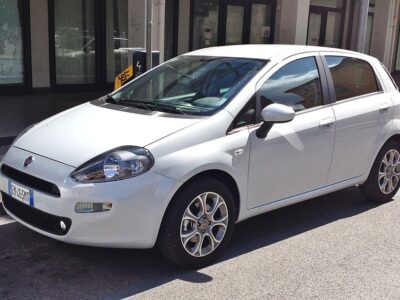
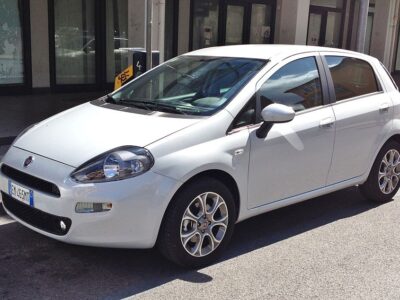
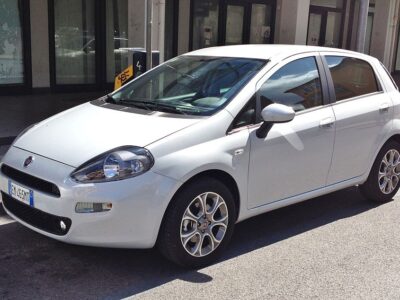

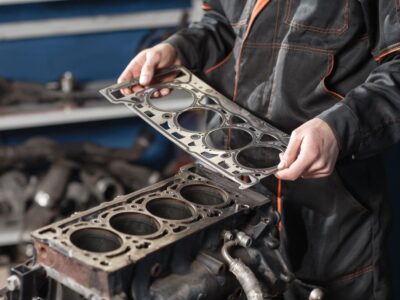
More content of your interest